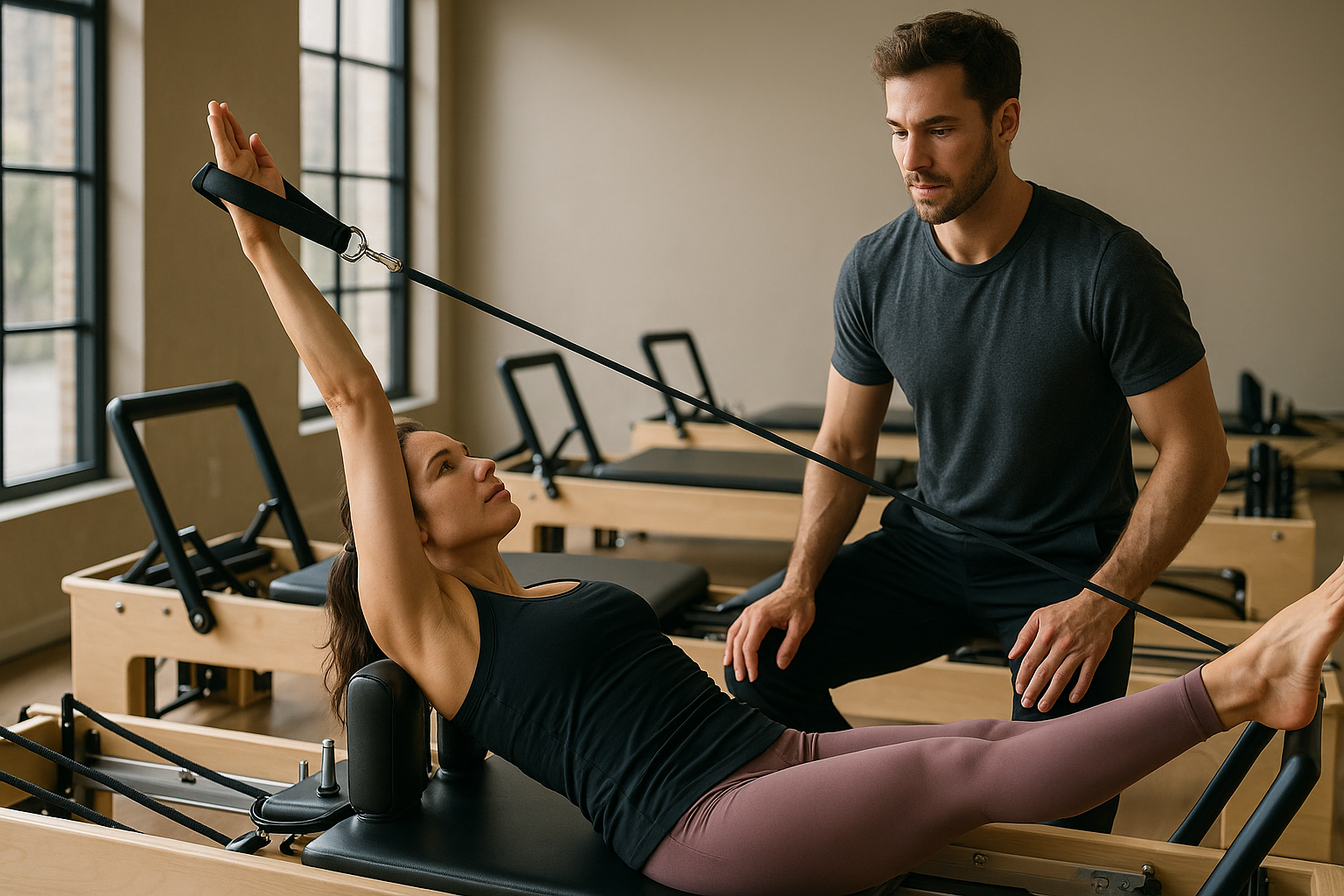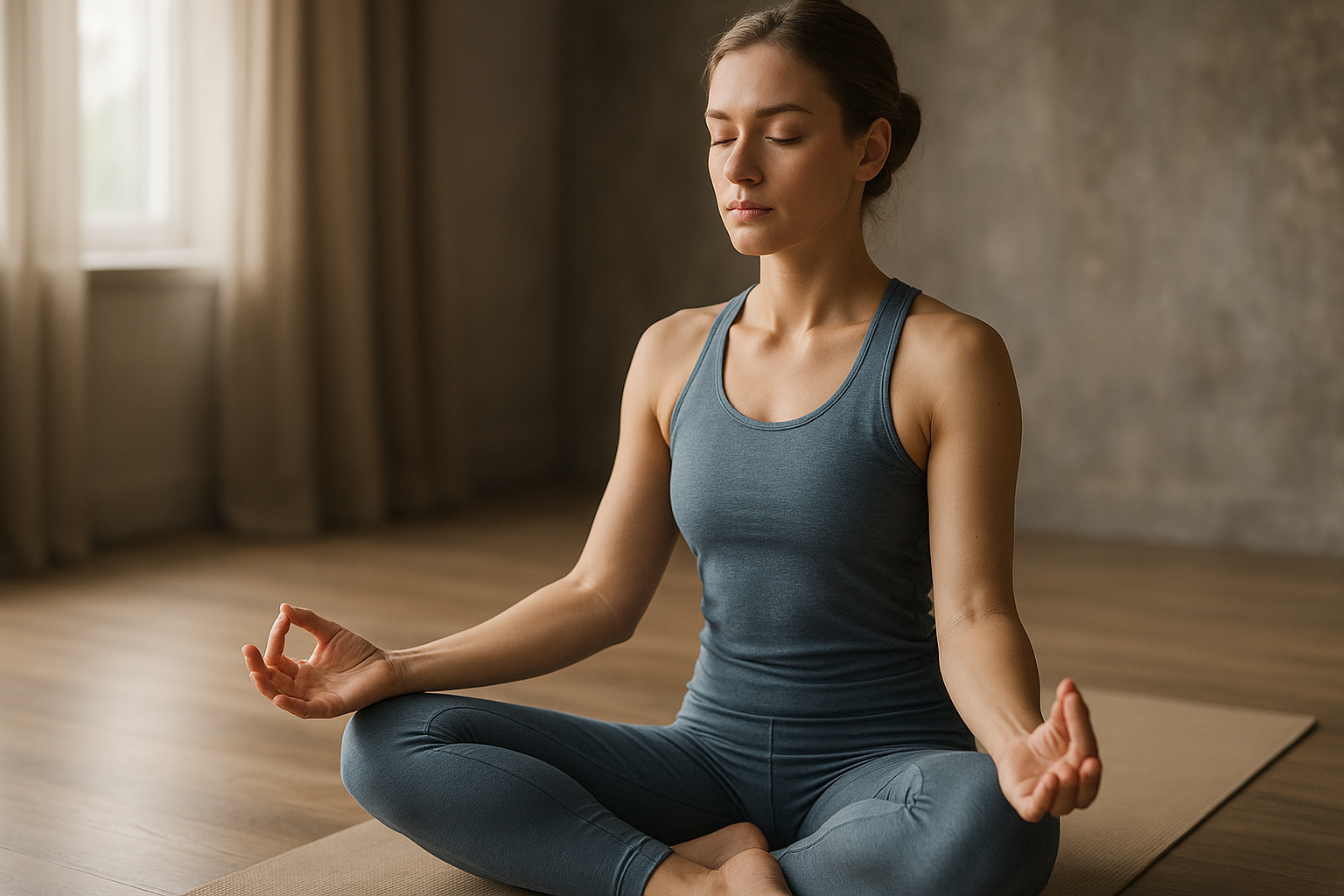The Evolution and Modern Manifestations of Pilates: A Deep Dive
Pilates, a physical fitness system that marries the physical and the mental, has been a mainstay in the fitness industry for decades. This article will delve into the evolution of this innovative system, its modern manifestations, and its impact on the wellness industry.

The Formative Years of Pilates
The Pilates system was born out of the ingenuity of Joseph Pilates, a German physical trainer, in the early 20th century. Pilates was heavily influenced by his background in gymnastics, yoga, and martial arts. Inspired by the Greek ideal of a balanced mind, body, and spirit, Pilates developed an exercise system that emphasized alignment, breath control, and smooth, precise movements.
Pilates immigrated to the United States in the 1920s, where he and his wife, Clara, established a fitness studio in New York City. The studio quickly became popular among dancers and performers who sought an effective regimen to improve their strength, flexibility, and body control.
The Evolution and Expansion of Pilates
Over the decades, Pilates’ fitness system evolved and expanded, incorporating modern understanding of biomechanics. Today, Pilates exercises can be performed either on a mat or using specially designed equipment, like the Reformer, Cadillac, or Wunda Chair.
In the 1980s, Pilates saw a resurgence in popularity, as it was embraced by the fitness community for its holistic approach to body conditioning. The Pilates boom in the 21st century can be attributed to its adaptability, with many exercises being modified to cater to different fitness levels and needs.
Modern Manifestations: Clinical and Power Pilates
In recent years, two key trends have emerged within the Pilates industry: clinical Pilates and power Pilates. Clinical Pilates is a form of physical therapy that uses Pilates exercises to rehabilitate injuries and manage pain. It’s often practiced under the guidance of physiotherapists and is evidence-based, with numerous studies supporting its effectiveness.
On the other hand, power Pilates is a high-intensity version that combines traditional Pilates with cardio and strength training. This form of Pilates aims to provide a full-body workout, promoting muscle tone, flexibility, and cardiovascular fitness.
Impact on the Wellness Industry
Pilates has deeply influenced the wellness industry, advocating for a holistic approach to fitness that incorporates the mind, body, and spirit. It has been proven to improve posture, muscle tone, balance, and joint mobility, as well as relieve stress and tension.
Moreover, Pilates has paved the way for the emergence of mind-body exercises in the fitness industry. Its principles of centering, concentration, control, precision, breath, and flow are now foundational in many other practices, such as yoga and barre.
The Resilience of Pilates
Pilates has proven its resilience and adaptability, remaining relevant in an ever-changing fitness landscape. Its unique fusion of physical and mental conditioning continues to attract a broad demographic, from athletes to seniors. As we move towards a future where wellness is increasingly valued, Pilates’ holistic approach to fitness is more pertinent than ever.
With its rich history and enduring relevance, Pilates not only offers a transformative fitness experience but also provides insights into industry trends and the evolving understanding of wellness. As we continue to explore and redefine fitness, the legacy of Joseph Pilates serves as a testament to the power of innovation, adaptability, and holistic health.




